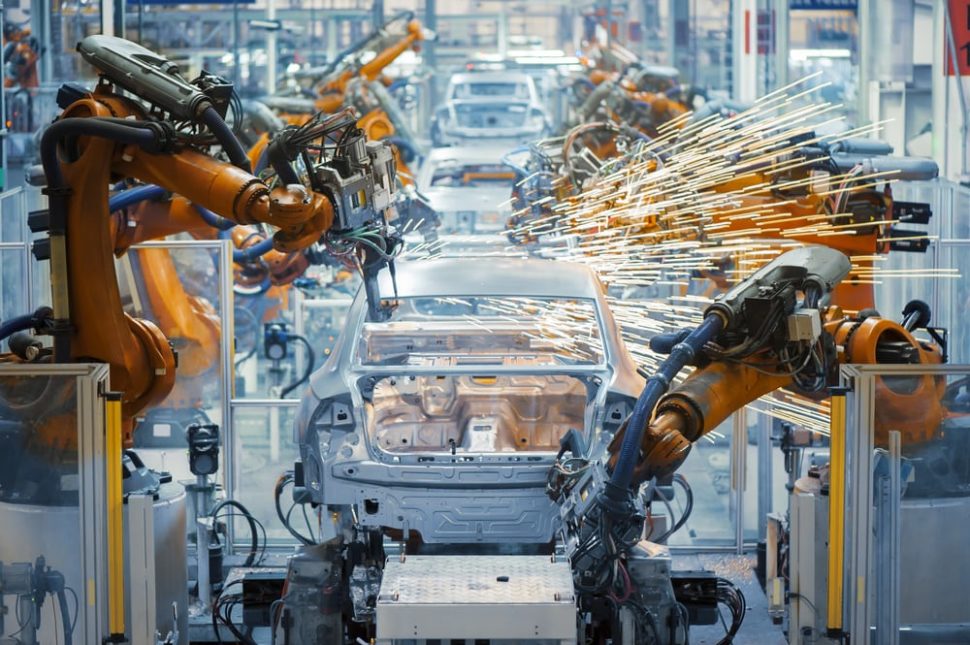Automated robots are now an integral part of most industries, but what systems are in place to prevent these robots from causing workplace injuries? Veo Robotics has the solution.
Even Elon Musk knows that it is just a matter of time before true AI turns on humans. Despite that fear, his OpenAI bot destroyed a pro-Dota 2 gamer.
But the FinTech mogul still raises a valid and real point about an automated future. We need to consider the roles of and well-being of robots and AI.
What role does Veo Robotics play in our hedging against a Matrix-like robot revolution?
A Brief Introduction to Veo Robotics
Isaac Asimov’s 3 Laws are great foundations for moving into a future with robots. But, as his work I, Robot illustrates, laws can only go so far.
This is especially the case when AI develops true thought and, like its human creators, decides it doesn’t like being forced into things.
Veo Robotics sees a future of integrated human and robot life with peaceful coexistence.
This Massachusetts-based startup has a game plan for how to achieve this goal. It involves a system of 3D sensors for spatial awareness to prevent accidents involving industrial robots.
They might not be AI-revolution-proofing the world just yet, but it’s a start.
Their system revolves around mitigating incidents involving collaborative robots along with improving overall integration capabilities.
Afterall, an automated future requires developing measures to reduce industrial incidents and injuries now. Veo Robotics’ founder Patrick Sobalvarro saw the need for such measures when he noted the ever-growing need for collaborative robots.
The System to Reduce Industrial Robot-based Injuries
Since more and more robots will be like Flippy, it’s an almost assured to pay-off gamble. If you’re unfamiliar with Flippy, it’s a robot designed to work alongside restaurant workers to help flip and cook burgers.
It is an ideal example of what Sobalvarro referred to as “collaborative robots”.
But the robots Veo Robotics has its sights on improving offer more potentially dangerous risks. This includes things like assembling things with large portions of metal like, say, a car suspension.
Sobalvarro told TechCrunch that you have to consider building in “human interactivity” from the very beginning for a more effective system. With this in mind, Veo Robotics developed their system with off-the-shelf 3D sensors placed around an industrial robot.
Then, their proprietary software constructs a rendering of the scene, identifying objects, moving people, and more. The software then estimates trajectories for those objects and people. As such, small errors can have disastrous consequences.
But that is why robots do “the stuff that doesn’t require dexterity” Sobalvarro told MIT. It can still cut down greatly on manufacturing time while mitigating injury potential and increasing human/robot integration possibilities.
Paving the way for Automation With a Temporary Bridge
This solution works right now because we cannot yet fully automate many processes.
Robots are not yet capable of performing fine motor skills or especially dexterous tasks at-large. That’s why the Veo Robotics solution is both clever and pragmatic.
It also doesn’t use anything too high-tech since you can find the 3D sensors almost everywhere. They can keep costs down with the lean system of simple sensors and their proprietary software.
Veo Robotics has plans to improve their system’s software to include other actions beyond safety. In the future, their system can help robots do things like hand human workers objects.
Harvard Business school professor Willy Shih saw such potential in this system that he joined Veo Robotics’ board.
“It’s a good example of applying cheap and abundant computing power in a way that makes machines much more usable.”
Democratization, integration, automation, and human protection: the Industry 4.0 mindset.


















Extra safety mechanisms, it will definitely improve human and robots integration.